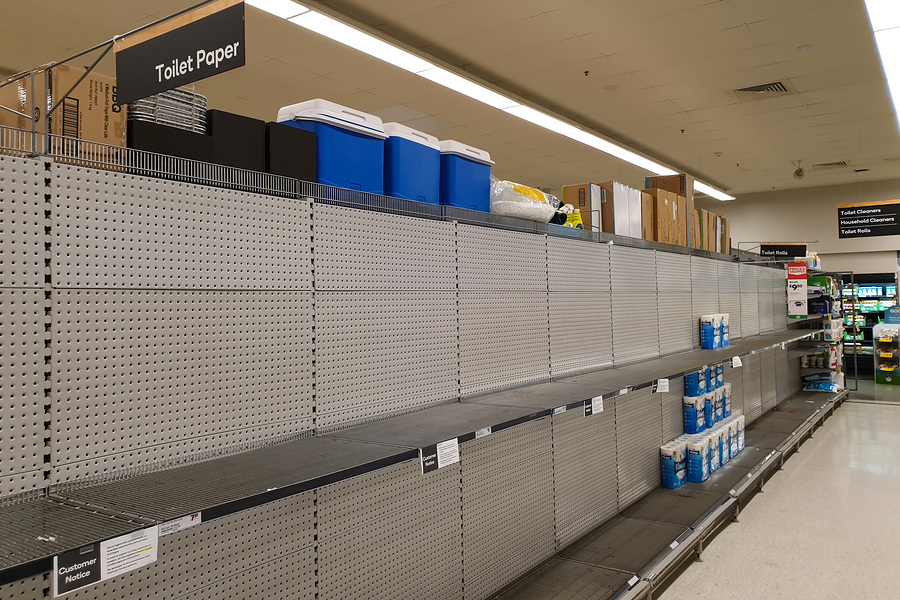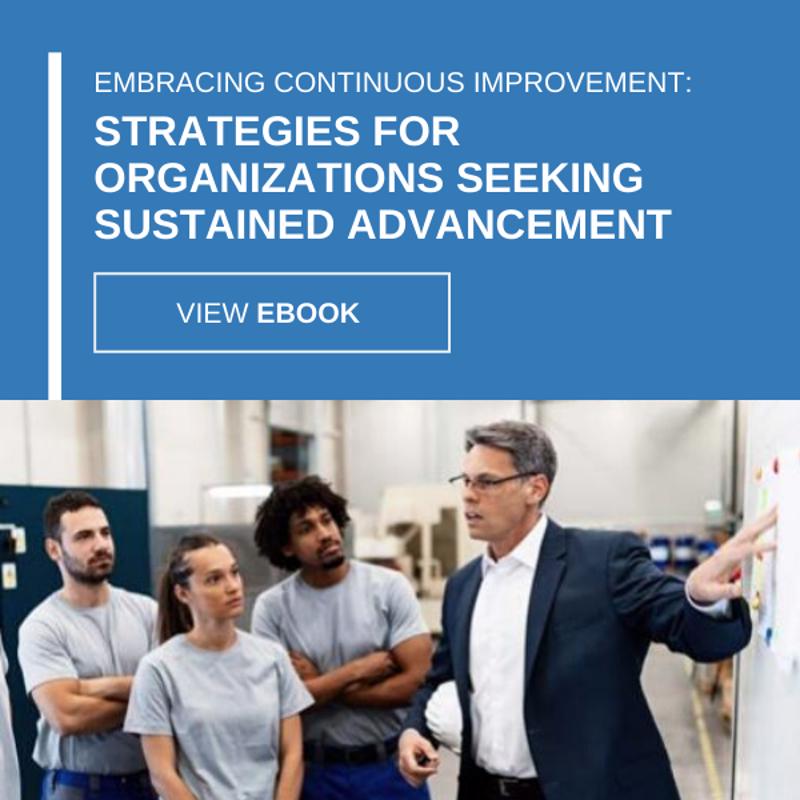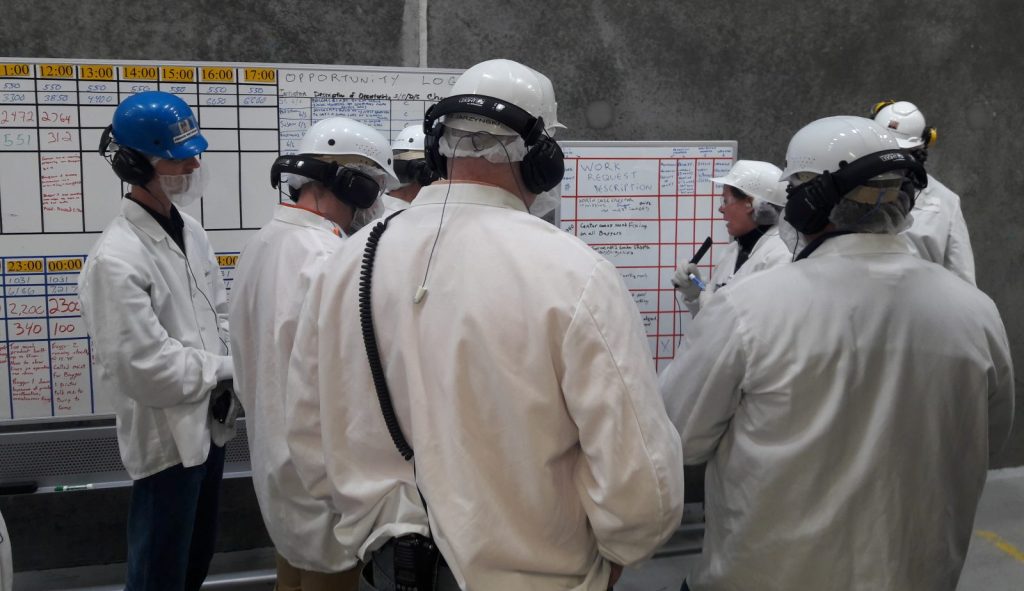-
Subscribe to Blog:
SEARCH THE BLOG
CATEGORIES
- Aerospace
- Asset Maintenance
- Automotive
- Blog
- Building Products
- Case Studies
- Chemical Processing
- Consulting
- Food & Beverage
- Forestry Products
- Hospitals & Healthcare
- Knowledge Transfer
- Lean Manufacturing
- Life Sciences
- Logistics
- Manufacturing
- Material Utilization
- Metals
- Mining
- News
- Office Politics
- Oil & Gas
- Plastics
- Private Equity
- Process Improvement
- Project Management
- Spend Management
- Supply Chain
- Uncategorized
- Utilities
- Whitepapers
BLOG ARCHIVES
- June 2025 (4)
- May 2025 (1)
- April 2025 (1)
- March 2025 (1)
- February 2025 (4)
- January 2025 (4)
- December 2024 (4)
- November 2024 (2)
- October 2024 (6)
- September 2024 (5)
- August 2024 (5)
- July 2024 (6)
- June 2024 (3)
- May 2024 (3)
- April 2024 (4)
- March 2024 (3)
- February 2024 (4)
- January 2024 (5)
- December 2023 (2)
- November 2023 (1)
- October 2023 (6)
- September 2023 (3)
- August 2023 (4)
- July 2023 (2)
- June 2023 (3)
- May 2023 (7)
- April 2023 (3)
- March 2023 (3)
- February 2023 (5)
- January 2023 (6)
- December 2022 (2)
- November 2022 (5)
- October 2022 (5)
- September 2022 (5)
- August 2022 (6)
- July 2022 (3)
- June 2022 (4)
- May 2022 (5)
- April 2022 (3)
- March 2022 (5)
- February 2022 (4)
- January 2022 (7)
- December 2021 (3)
- November 2021 (5)
- October 2021 (3)
- September 2021 (2)
- August 2021 (6)
- July 2021 (2)
- June 2021 (10)
- May 2021 (4)
- April 2021 (5)
- March 2021 (5)
- February 2021 (3)
- January 2021 (4)
- December 2020 (3)
- November 2020 (3)
- October 2020 (3)
- September 2020 (3)
- August 2020 (4)
- July 2020 (3)
- June 2020 (5)
- May 2020 (3)
- April 2020 (3)
- March 2020 (4)
- February 2020 (4)
- January 2020 (4)
- December 2019 (3)
- November 2019 (2)
- October 2019 (4)
- September 2019 (2)
- August 2019 (4)
- July 2019 (3)
- June 2019 (4)
- May 2019 (2)
- April 2019 (4)
- March 2019 (4)
- February 2019 (5)
- January 2019 (5)
- December 2018 (2)
- November 2018 (2)
- October 2018 (5)
- September 2018 (4)
- August 2018 (3)
- July 2018 (2)
- June 2018 (4)
- May 2018 (3)
- April 2018 (3)
- March 2018 (2)
- February 2018 (2)
- January 2018 (1)
- December 2017 (1)
- November 2017 (2)
- October 2017 (2)
- September 2017 (1)
- August 2017 (2)
- July 2017 (2)
- June 2017 (1)
- April 2017 (3)
- March 2017 (3)
- February 2017 (2)
- January 2017 (2)
- December 2016 (2)
- November 2016 (4)
- October 2016 (4)
- September 2016 (3)
- August 2016 (6)
- July 2016 (4)
- June 2016 (4)
- May 2016 (1)
- April 2016 (3)
- March 2016 (4)
- February 2016 (2)
- January 2016 (4)
- December 2015 (3)
- November 2015 (3)
- October 2015 (1)
- September 2015 (1)
- August 2015 (4)
- July 2015 (6)
- June 2015 (4)
- May 2015 (7)
- April 2015 (6)
- March 2015 (6)
- February 2015 (4)
- January 2015 (3)
CONNECT WITH US
Tag Archives: Kaizen Approach
If within the last couple of months you’ve found yourself longing for what life used to be like, you’re most definitely not alone. March ushered in a very strange new world, as the spread of the novel coronavirus forced businesses to make massive changes to operations as usual, evidenced by social distancing, face coverings, more strenuous cleaning regimens, and staff working remotely where possible.
The sudden nature of these activities has been like venturing into uncharted waters for many companies. As such, it’s understandable why they may be reluctant to “rock the boat” any more than they need to when there’s comfort and a sense of reassurance in the routine. This is especially true when “how things used to be” were working just fine.
However, as many companies are discovering, processes that seemed to be working could have used some fine-tuning after all, given the difficulties they’ve since experienced in the midst of economic shutdowns and supply chain disruptions. Continuous improvement has always been an important methodology for businesses looking to remain competitive; but now more than ever, it has become essential to face the challenges presented by the novel coronavirus.
What is continuous improvement?
There is always room to make something better. Continuous improvement is all about the unyielding pursuit of that better place, outcome, or result on an ongoing basis.
“Changing circumstances can cast a spotlight on poor processes.”
Everyone likes to think that they’re constantly striving for the pinnacle of success. This may be the case, but frequently, changing circumstances can cast a spotlight on processes that seemed to be A-OK, but turned out to be anything but.
Panic buying lays bare inefficiencies
A classic example is the toilet paper shortage that affected supply chains nationwide – and around the world – in the early days of the coronavirus crisis. Of all the sections of the grocery store, one you could almost always trust would be plenty stocked was the toiletry aisle. But due to a surge in panic buying – prompted by erroneous fears that grocery and corner stores would suddenly close – shelves were bare for weeks on end. Indeed, as reported by Reuters, during the height of the shortage in mid-April, nearly 75% of grocery stores in the U.S. had “out of stock” signs in aisles where toilet paper was traditionally sold.
Initially, the assumption was the shortage would be short lived, as nothing would suggest the virus increased toilet paper usage. But the scant supply continued to roll from one week into the next.

Of course, the easiest way to correct an imbalance where demand is greater than supply is to produce more, but as the New York Post reported, the U.S.’ “Big Three” of toilet paper production – Kimberly-Clark, Proctor & Gamble, and Georgia-Pacific – had already been operating at 100% capacity before COVID-19 became a household name.
After re-evaluating their processes to see where improvements could be made, suppliers made a few strategic adjustments. These steps designed to enhance output included producing fewer varieties – some of which took longer than others to complete – obtaining more materials from packaging suppliers and increasing the number of deliveries to and from its facilities.
A greater focus on capacity planning among these companies may have helped them better handle the ongoing shortage, which at this point seems to have finally subsided. But capacity planning is a strategy that goods-producing organizations would be wise to prioritize regardless of whether they were fundamentally impacted by COVID-19, as one never knows when resources will be stretched.
German automaker Volkswagen recently trial tested a version of it called automated operations planning, which was designed to help increase manufacturing volume of certain prototype vehicles, Supply Chain Dive reported. The method was also utilized to inform their decision-making processes as to whether internal capacity should handle a production order or if it should be optioned out to a third party.
The automated decision support system leveraged spreadsheets that gathered data from the firm’s enterprise resource planning software program. That was then used to inform a series of “if” and “else” statements.
By the study’s conclusion, VW determined that both manufacturing volume as well as personnel utilization rose sharply through automated operations planning rising 25% and 26%, respectively, in comparison to the manual processes used originally.
As Industry Week points out, improved planning requires enhanced visibility, especially when it comes to supply chain management. Adding new methods, tools or strategies – such as the one with which Volkswagen experimented – can help to increase transparency and account for current and yet-to-be-manifested stressors.
The Shewhart Cycle: PDCA
The manner in which continuous improvement presents itself depends largely on the industry. Kaizen is an approach often used in manufacturing industries, but organizations may also want to consider the Shewhart Cycle. This approach to continuous improvement is composed of four parts or phases, as noted by The Balance Careers:
1. Plan: Recognize and identify the problem or opportunity and put together a plan for how to resolve or take advantage of it.
2. Do: On a smaller scale, test out the plan to see if the solution works or does not, making sure to record the results.
3. Check: Parse the results in finer detail to fully measure the effectiveness of the solution, or lack thereof.
4. Act: Assuming that the plan of attack was successful, implement the change in real-life mode, or test it again but on a larger scale.
A commitment to ongoing improvement is key to success in times of adversity. But you don’t have to work harder to compete better. It’s all about working smarter. USC Consulting Group has been helping organizations all around the world reach their potential since 1968 by charting out a plan and helping them put that plan into motion. We’re confident we can help your company achieve operational excellence. Contact us today to learn more.
In Spanish, it’s “mejora.” In Polish, it’s “melhoria.” In Norwegian, it’s “forbedring.” No matter how you say it, they all mean the same thing: “improvement,” or as it’s said in Japanese: “Kaizen.” It’s this latter use of the term that has gained notoriety in manufacturing circles as a workplace philosophy that has worked wonders for organizations in their ability to achieve more favorable outcomes on an ongoing basis. As has been noted in this space previously, Toyota Motor Company might be the most well-known company in its successful adoption of Kaizen — which literally translates as change for the better — to drive process improvements. The specifics of what makes the Kaizen method so effective are catalogued in the book “Kaizen: The Key to Japan’s Competitive Success,” which was written by the automaker’s former chairman back in the mid-1980s.
“Businesses use Kaizen to ward off the tendency to “coast” when organizations find their stride.”
The Kaizen philosophy isn’t the sole province of the manufacturing sector; businesses in many different industries have used Kaizen to ward off the tendency to “coast” when organizations find their stride. But to make the Kaizen method truly transformative and to advance the improvement needle, it’s important to be familiar with its composition, or “anatomy.” As detailed by the Association for Supply Chain Management, the following represents the bones of the Kaizen event, which when implemented and adopted, can lead to meaty results.
1. Preparation
As it’s so often said, a failure to plan is a plan to fail. It’s why manufacturers, builders, and contractors spend so much time on the foundational elements to the projects they create. If everything isn’t aligned properly at the outset, it can lead to a chain reaction that goes off course quickly. Preparing is perhaps the most indispensable component of any Kaizen event. As such, it’s important to ask a few key questions that can help you map out your course of action. What is the basic problem that your company is facing? What is it that your business is seeking to correct? In other words, what is the desired outcome? How you answer these questions can help you determine which employees — and how many — should be assigned to the task.
2. Defining the problem
This component of the Kaizen method is similar to what’s involved when making goals: they need to be very specific and clearly delineated. They include asking several of the “W” questions — what, where, who, and when, according to ASCM.
Take automation as an example. To improve work processes and better respond to consumer demand, many manufacturers have installed AI to increase efficiency and decrease the costs associated with production. In fact, as Oxford Economics noted in a recent report, robotics has multiplied considerably over the past 20 years, topping 2.2 million. The AI stockpile could reach 20 million by 2030.
This has allowed them to more effectively distribute employees to better manage the supply chain. But AI adoption hasn’t come easily for everyone. If that’s the case for your company, ask yourself what is or is not occurring? Where in the production chain is X, Y or Z not taking place? Who is this issue affecting? When is the problem evidencing itself? Your ability to diagnose the root of the problem can lead to a successful solution.
3. Defining the goal
As previously referenced, goal-setting — whether in the Kaizen context or in general — should be very specific, hitting on all the elements of “S.M.A.R.T.” – “Specific,” “Measurable,” “Achievable,” “Relevant” and “Timely.” Included in this definition is demarcating when or how the goal will be achieved. In other words, there should be some element to the goal that clarifies when it will be reached and need go no further. ASCM offers the following as a potential goal statement where you can fill in the blanks accordingly:
“The scope of this project will be the (X process) and will start (date/time) to (date/time). The scope will not include (define).”
4. Training
As with many other industries, manufacturing is experiencing a bit of a skills gap, as the amount of work currently exceeds those with the proper qualifications to address what’s needed. Sans, the industry could see a deficit of 2.4 million manufacturing jobs that go unfilled within 10 years, according to the National Association of Manufacturers.
Training is a core component of Kaizen so team members — veteran and newly installed — can gain the skills they need to not only perform their jobs efficiently but achieve lasting results that reverberate throughout the supply chain.
5. Implementation
Now that you’ve laid the groundwork, the second-to-last step is the actual implementation. As noted by ASCM, how these plans are put into motion may be informed through gap analysis, where you identify the most glaring holes and how the plan can fill the void. Gap analysis can help you recognize waste, bottlenecks and redundancies so that these can be swapped out for the framework you’ve built through the Kaizen method. Once you’ve identified the holes, you should have a system in place that allows you to track or quantify whether the replacement process is paying dividends. For instance, if the initial problem was safety related, have there been fewer injury reports as a result of the new protocol? If the issue was production related, has output risen from a standpoint of deliverables? Whatever the answer, judge it in consultation with your goal’s timeline.
6. Follow-up
If you don’t follow-up, even the best laid plans can fall through. Whether through storyboarding, summary readouts, key performance indicators, one-on-one meetings with team members, it’s critical to review the end results so you can make the appropriate adjustments on a real-time basis. Improvements processes is a work in progress and following up can help you identify what isn’t working and what is.
Much like happiness, achieving Kaizen is more about the journey than the destination. Whether your industry is manufacturing, transportation and logistics, mining and metals or chemical processing — among many others — USC Consulting Group can help you achieve better results by evaluating your work processes and improving them. Please contact us to learn more and take your business to the next level.









